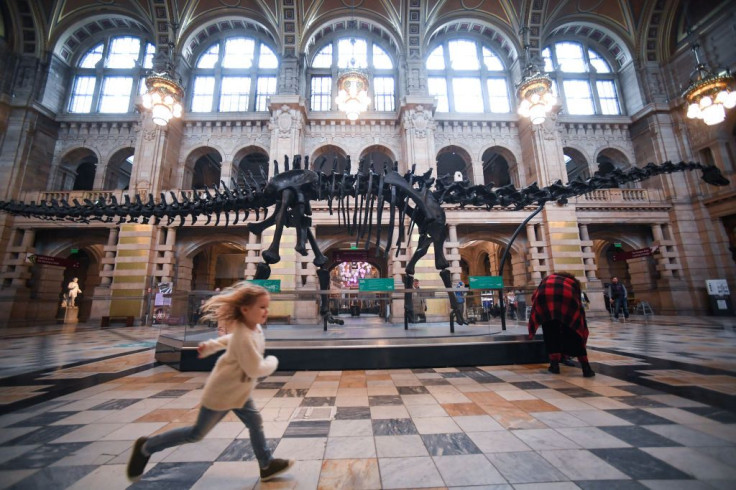Dinosaur Extinction Might Have Been Caused By Volcanoes, Not Asteroid

The extinction of dinosaurs has always been linked to a large meteorite or comet impact that happened 66 million years ago, but now new evidence shows that massive volcanic eruptions could be the real culprit.
For a long time, scientists believed that the Chicxulub impact in the Yucatán Peninsula in Mexico covered the atmosphere with water vapor and long-lasting dust. The event was said to have killed not only dinosaurs, but also about 75 percent of animals and plant life on Earth. However, new evidence shows that massive volcanic eruptions could have played a bigger role in the destruction of ancient life on the planet.
The impact reignited volcanic eruptions in India, which is almost halfway around the world from the impact site. According to scientists from the University of California, Berkeley, they have dated the destructive volcanic eruptions along the same period when the global extinction happened at the end of the Cretaceous Period, Science Daily has learned.
These eruptions released lava flows that reached as far as 500 kilometers crossing the Indian continent and forming the Deccan Traps flood basalts that are described to be 2 kilometers thick.
"Now that we have dated Deccan Traps lava flows in more and different locations, we see that the transition seems to be the same everywhere. I would say, with pretty high confidence, that the eruptions occurred within 50,000 years, and maybe 30,000 years, of the impact, which means they were synchronous within the margin of error," Paul Renne, a professor-in-residence of Earth and planetary science at UC Berkeley, director of the Berkeley Geochronology Center and senior author of the study, said.
According to Renne, this could mean that the impact renewed the lava flow and this eventually affected the Earth’s atmosphere. The scope of the Deccan Traps suggests that the air on areas where the lava flowed could be filled with highly poisonous gas.
The gases emitted during the eruption of these volcanoes point to global warming thatt happened during the last 400,000 years of the Cretaceous period and increased temperatures by 14.4 degrees Fahrenheit. At this point, species were theorized to have evolved to adapt to the heat and that global cooling caused by the meteor impact or further eruptions resulted in the extinction of most species.
Princeton scientists Blair Schoene and Gerta Keller also have their own theory on the volcanic eruptions.
“Everyone has heard that the dinosaurs died from an asteroid hitting the Earth. What many people don’t realize is that there have been many other mass extinctions in the last 500 million years, and many of them coincide with large volcanic outpourings,” Schoene, an associate professor of geosciences, said.
Their research pointed out that each time a volcano erupts, the atmosphere changes. This includes spewing of sulfur and carbon dioxide which were sequestered inside the rocks. Both gases can influence massive climate change.
“These can lead to climate swings between warm and cold periods that make it really hard for life on Earth,” said Schoene.
© Copyright IBTimes 2025. All rights reserved.





















